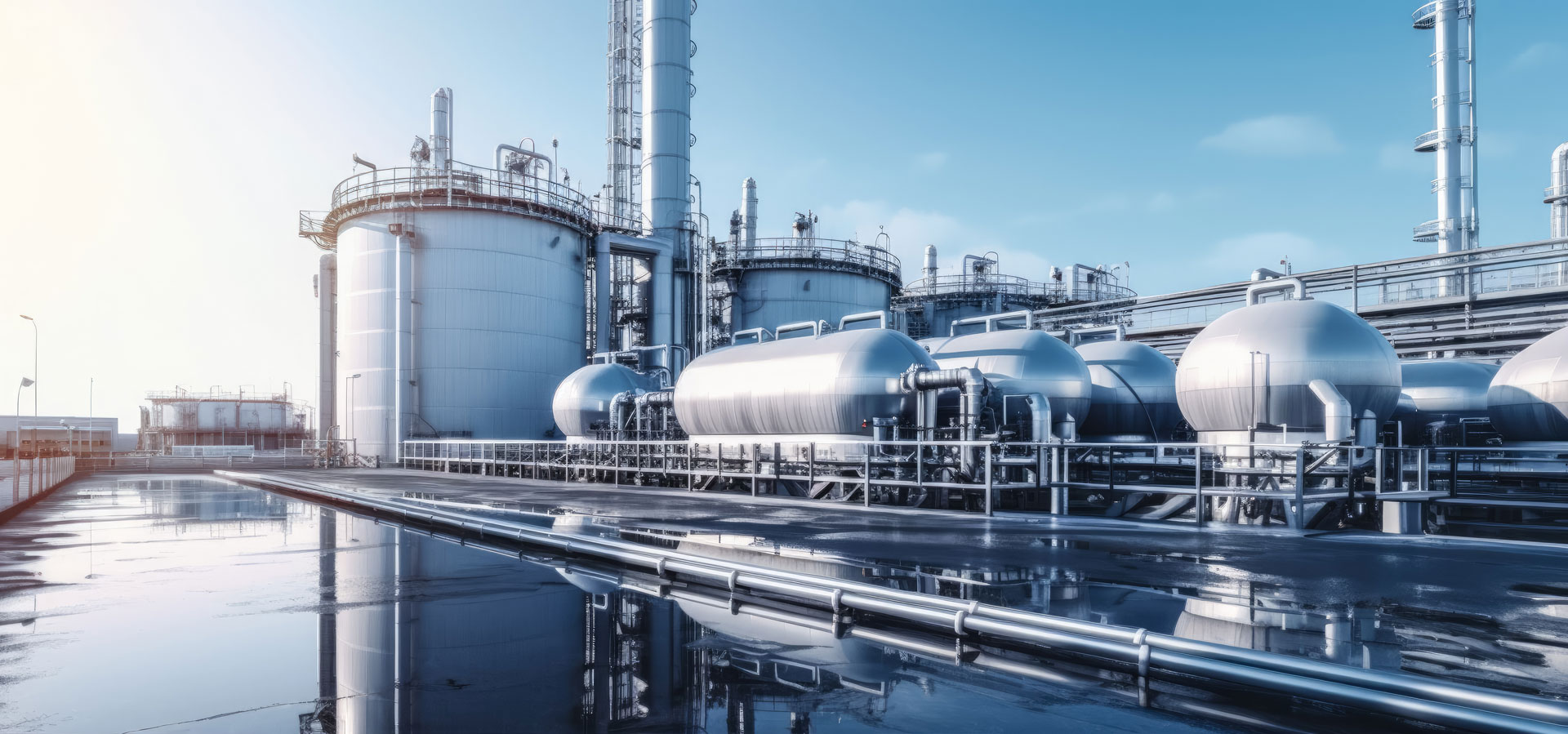Oxford Flow’s main differentiator is simplicity. It goes without saying that the less of something there is, the less there is to go wrong. Simplicity, leads to reliability, which leads to resilience.
Resilience is the key word that appears again and again when it comes to energy transition and sustainable solutions. Oxford Flow products have this in spades.
What differentiates the company’s hydrogen-ready technologies (ES stemless valve and IM-S gas regulator series) from competitors? Fewer moving parts? Less need for frequent maintenance?
Following on from how we drive sustainable solutions using a Henry Ford “simplify and add lightness” approach, the first thing we questioned with gas control equipment was what caused the issues?
With control valves, the failure mode is the stem. For example, this control stem is the cause of almost 50% of emissions that come from typical refineries. Eliminate the stem, and overnight you are halfway to eliminating all emissions from process systems.
Similarly with regulators, the diaphragm eliminates the main cause of regulator failure, maintenance and shutdowns.
Overnight, our technologies have eliminated the two main causes of failure in an industry that is coming under increasing scrutiny for emissions, renewables and sustainability performance. Having equipment that doesn’t fail is a very large step towards that.
Could you speak about the technology’s potential for biomethane applications?
The IMS and IMC regulators have already been deployed in biomethane applications globally. The maintenance free nature of the products enhances their value in the often very tight deadlines for the biomethane industry, where shutdowns and unplanned maintenance can cause loss of earnings and resilience for grid entry points.
Oxford Flow has joined forces with SGN to prove hydrogen-readiness of existing gas networks, could you tell us about the project, its status and what role the technology is playing in the project?
For the LTS Futures project, Oxford Flow is supporting SGN by providing our 100% hydrogen verified IMS regulators to verify their gas networks for use with up to 100% hydrogen.
LTS Futures is providing assurances that the existing high pressure gas pipelines that already feed millions of homes around the country are capable of transitioning from Natural Gas, to up to 100% hydrogen. There are several arms to the project, including testing at an offsite facility, and a live pipeline trial which will transport hydrogen from Grangemouth in Scotland.
Do you have any other notable customers you can talk about? What is the company’s most popular technology?
By far and away, our most popular products are the IM range of gas regulators due to their versatility across fluids and industries.
Everything from low pressure domestic and industrial gas control to high pressure transmission systems, to offshore platforms ensuring safe operation of air and instrument gas systems can be serviced by our simple, low maintenance, low carbon fuel ready, modular IM range.
Any plans for further projects?
Oxford Flow is constantly developing new products and services which mean our customers can enjoy efficiency, zero emissions and resilience to their operations. We have several development projects underway with energy transporters and producers around the world, due to be released in the next year.
We are also actively engaged with hydrogen projects around Europe and the USA.
Oxford Flow is doing its bit for a transition to hydrogen, what do you think should be the focus of the wider gas control equipment industry?
Hydrogen-ready equipment is one part of a many faceted solution, to a many faceted problem. Hydrogen is no silver bullet on its own. The key is to develop equipment, infrastructure that can cope with energy demands and fuels for the emerging future.
Emissions not just in operation of gas control equipment, but emissions control throughout the lifecycle of gas control equipment from cradle to grave needs to become the first thing that engineers and designers need to think about when solving problems.
Anything missing from the above questions that is fundamental? More to say about your patented tech, for example?
The equipment we have is available not just for gas control valves, but any process fluid – water, oil, gas and multiphase fluids.

